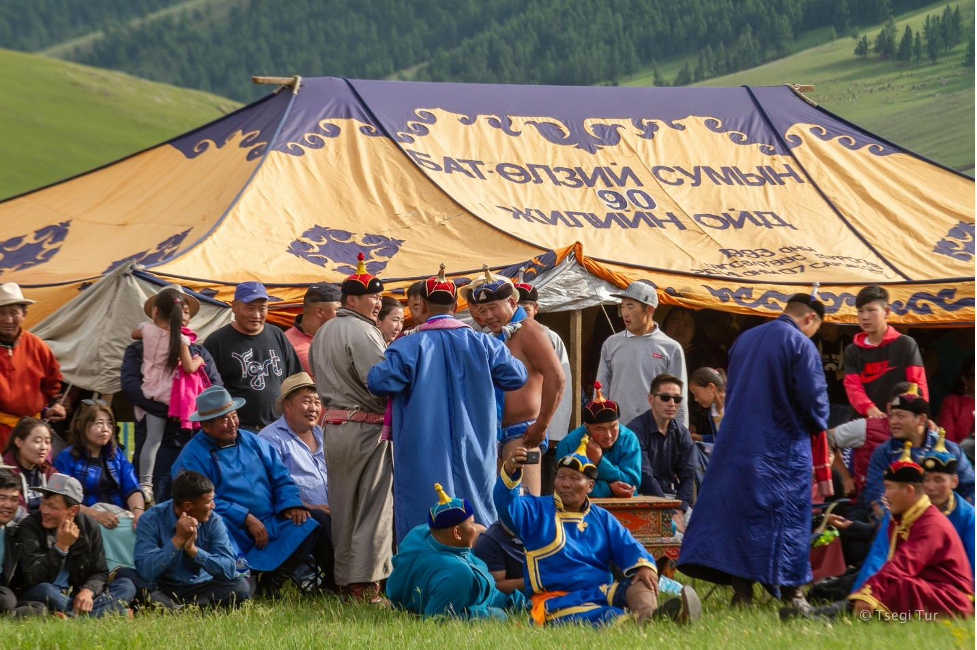Mysterious symbol discovered: Mythological horn and the unicorn, what is behind this secret?
- Jun 30, 2022
- 3 min read
Updated: Nov 20, 2024

Did unicorns really exist? Is this a rhinoceros, antelope or an elephant? This mythical creature is not just one story, there is no single version of the unicorn. This creature seems to be surrounded by magic and has been talked about for more than 2000 years. All over the world, people of all ages love to tell stories about unicorns. It has even inspired modern clothing, fashion and art. Because people want to believe in the possibility of a magical creature. Why is it even more important in our modern times?
In the Middle Ages, European people believed unicorns were real. For them, the unicorn was a holy creature with great intelligence. It could heal wounds with a touch of its horn. But the unicorn was very difficult to catch. Only a pure person could see a unicorn for more than a moment.
But according to Greek historian heroducts, in Asia, there were people with golden mountains. They guarded the golden mountain day and night and worshiped the sun and the moon. The people of this mountain are nomads. They are said to have migrated from Asia to Europe. Those nomad people are called Scythians.
Scythians lived 200-300 years before the Xiongnu period and migrated from east to west many times to spread their culture. It is known that during the Bronze Age, Scythians lived in western Mongolia because the body of a blond Scythian was found in the Altai Mountains in western Mongolia. The body was dated to about 500 BC. Perhaps the Scythians were descended from the earlier Caucasian people in the region. A group of tribes called the Xiongnu conquered the area. By about 200 BC, the Caucasian Yuezhi people lived in Xinjiang and perhaps as far west as the western part of the Gansu corridor in what is now Gansu Province, and the Xiongnu lived to the north of the Yuezhi people in Mongolia. It isn’t clear where these tribes came from, but it may be that the Yuezhi were descended from the earlier Caucasian people.
B. Khishigsuren Mongolian archeologist, wrote in his book that people of the Altai and Khangai mountains, following the favorable natural and climatic conditions, and searching for good pastures for their livestock, left their cultural monuments and heritage in the vast lands of Asia and Europe.
The Unicorn is one of the artifacts that was left behind and it is found on the rock petroglyphs, on the bronze, gold and silver ornaments, folklore, legends, epics and paintings in Mongolia. Who knew it would be related to Mongolia? I always thought that the unicorn is a symbol of western culture until 2011, a team led by D.Erdenebaatar, a professor, archaeologist and doctor at Ulaanbaatar University, excavated the tombs of the Xiongnu kings in Undur-Ulaan soum of Arkhangai aimag. The unicorn symbol and among other finds made during this period can be considered as the most sophisticated finds. This central Asian animal designs and art dating back to the era of the Hun nomads are a valuable contribution to the world’s art history.
Please see the room interior https://www.facebook.com/TereljHills
There are also a number of antelope artifacts among the graves found in neighboring Afghanistan, Kyrgyzstan, Kazakhstan, Russia's Tuva, Buryatia and Inner Mongolia.
Looking at the findings of these excavations, it is surprising how such a complex procedure was performed 2,000 years ago. These finds are valuable contributions to the field of fine arts in Mongolia, especially in the history of Mongolian painting and blacksmithing.
Archaeological finds show that the Mongols decorated the animal with belts and horse equipment. A clear example of this is the silver ornament of the region, found in the Golden Horde, which is now kept in the Hermitage Museum in Russia.
The antelope was worshiped during the Xiongnu period, as evidenced by the frequent depiction of saddles in the tombs of Xiongnu aristocrats in recent years. Researchers have suggested that if the Xiongnu were to be accompanied by horse carriage, it means transporting the spirits of dead kings and nobles to the afterlife, and deer on a horse’s bridle would protect their souls and take them to heaven.




Comments